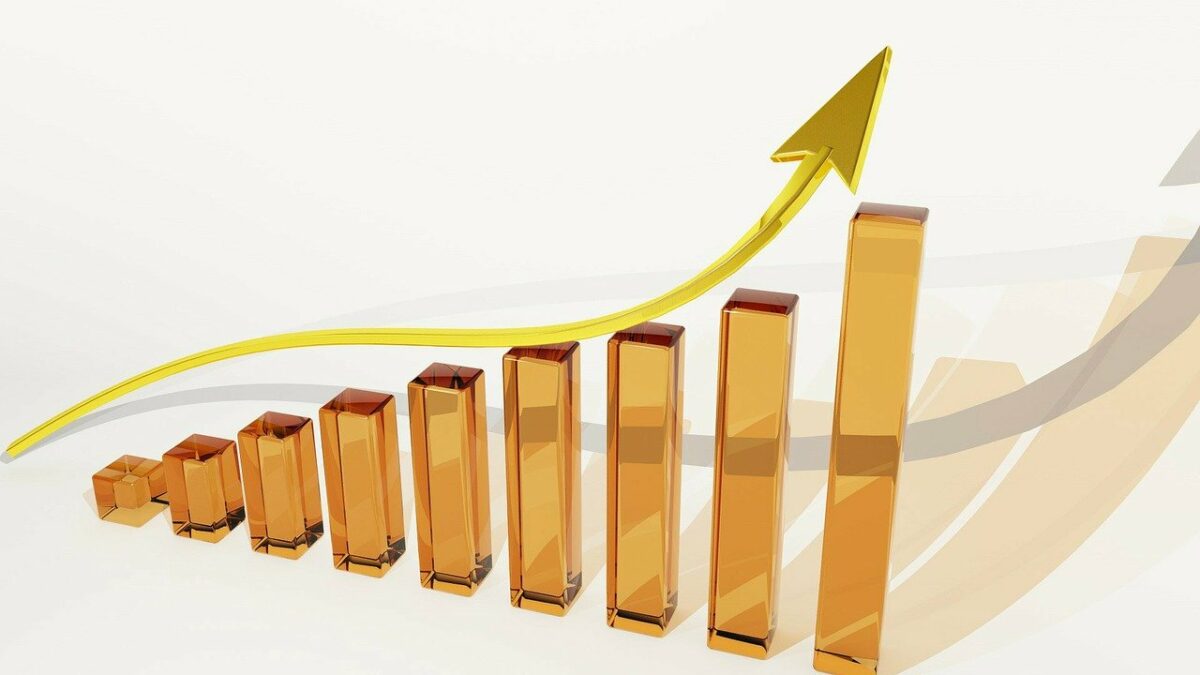IRS has increased the 401(k) employee deferral limit for 2022. Result? Now you can save more by boosting your 401(k) contributions. The increment comes as a result of cost-of-living adjustments from the IRS. According to the experts, this development makes it the best time to boost your contributions.

Limit increased to $20,500
New rules allow employees to contribute up to $20,500 into 401(k), 403(b), and other corpora now. The limit was $19,500 in 2021. Catch-up deposits for 50 years+ investors are $6,500 now.
Front-load your contributions
If you are planning to get maximum benefits from your 401(k) contributions, it is better to hit the limit as soon as possible while keeping your monthly contributions manageable. So, if you receive an unexpected check in July, contribute it towards your 401(k) if you do not need it immediately. This puts your money at work early while freeing your income checks in the later months.
Similarly, you should not wait for later months to start contributing. The amount might become hard to manage if you do not start early enough. So, pay early if you can; spread the payments evenly if you cannot.
However, you need to know how your employer matches your contribution. If there’s no true-up clause, it might mean that your employer matches your contribution only if you pay monthly. If there’s true-up clause, the company doesn’t care about when you put in your contribution.
Front-loading not always the best option
It is obvious that the more your money stays in the market, the more you make on it. So, early contributions can give you more returns, making it easier for you to meet your financial goals. Still, the exact advice on maxing out your contributions depends on your financial goals. If you have a down payment to make or a high-interest debt sitting in your portfolio, you might want to prioritize these issues over maxing out your 401(k) contributions. If your company doesn’t support true-up, even then maxing your 401(k) will make little sense.
Although Child Tax Credit Payments are over, you could still $1800 in 2022.










































